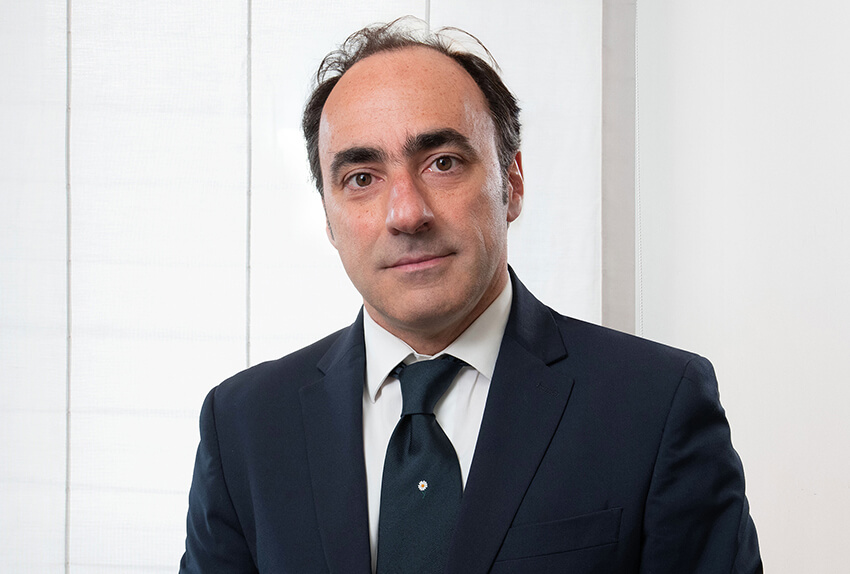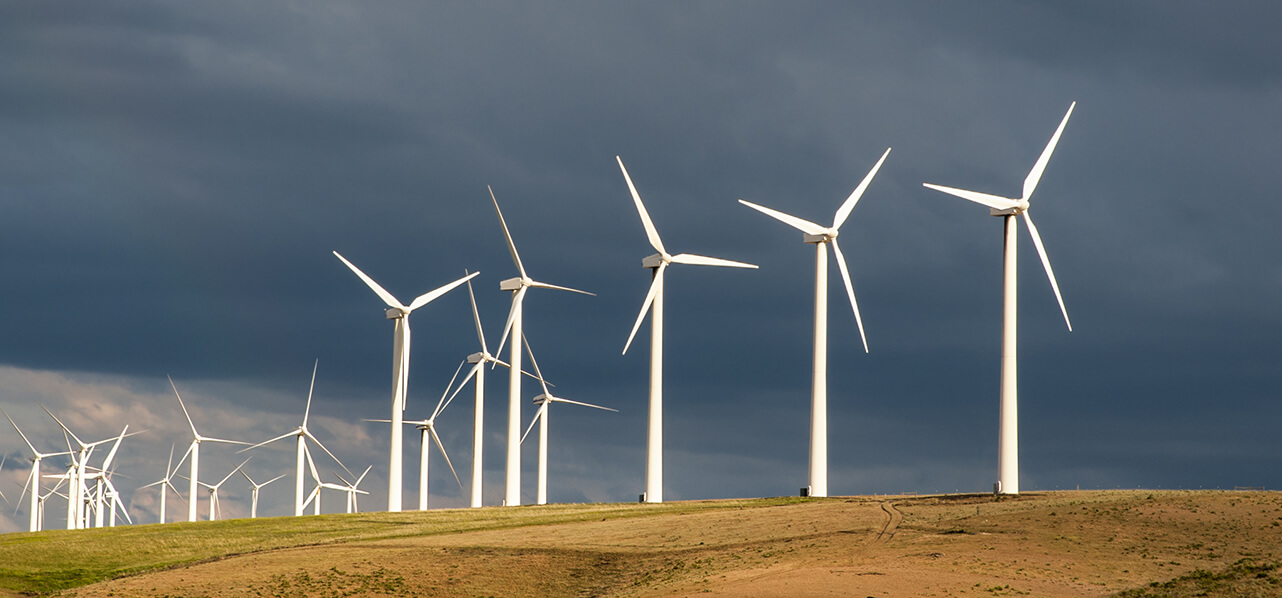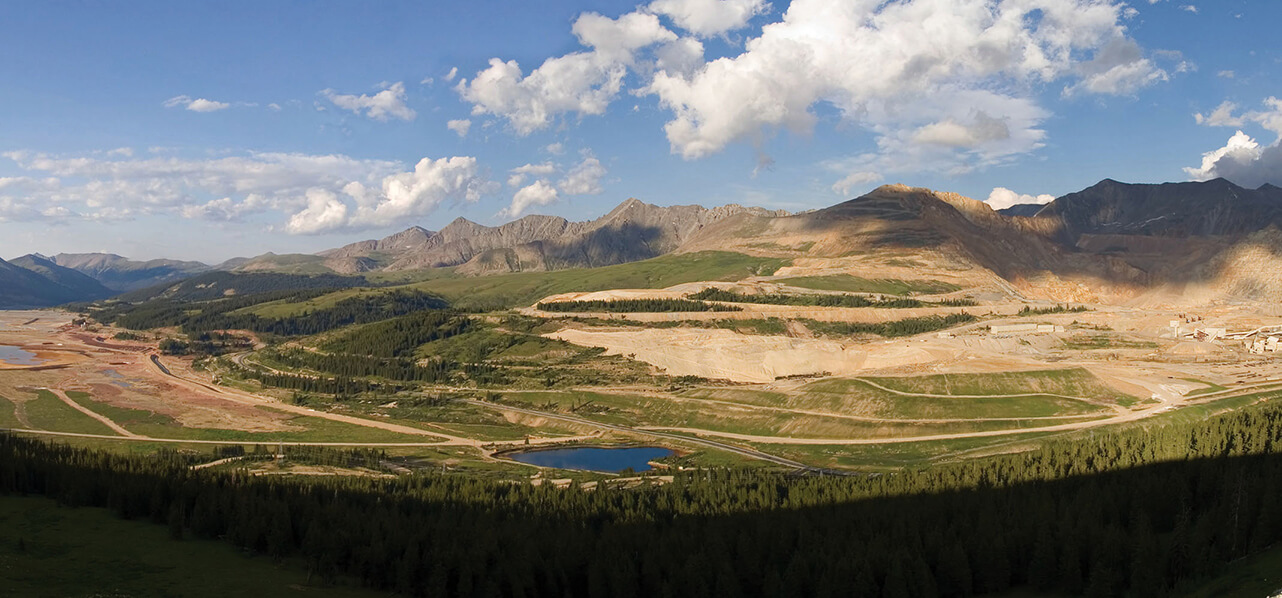Partner Rome
"Two useful regulatory building blocks to help accelerate the implementation of existing hydrogen projects and stimulate new ones."
The new PNIEC estimates hydrogen consumption targets by 2030 to be a total of 0.252 million tonnes, of which 0.115 is for industrial use and 0.137 for transport.
At first glance, the overall role of hydrogen appears to be rather limited and clashes with estimates required to meet decarbonisation needs, most notably as regards the manufacturing and transport sectors that are difficult to electrify.
Nonetheless, MASE recently announced the imminent release of two useful regulatory building blocks to help accelerate the implementation of existing hydrogen projects and stimulate new ones to overcome the PNIEC’s unambitious targets and develop plans of action looking beyond 2030.
Indeed, by end 2024, MASE aims to help develop hydrogen by:
(i) setting new targets for 2030; and
(ii) introducing new incentives to cover the costs that all economic operators must bear for hydrogen production facilities.
MASE’s aim is to define a clear path to achieving decarbonisation in those sectors that most need hydrogen as decarbonisation tool.
"MASE aims to help develop hydrogen by setting new targets for 2030 and introducing new incentives."
This is certainly an ambition that cannot be taken for granted, given that both Italy and other countries have encountered numerous difficulties in implementing and meeting the deadlines in the first PNIEC proposal which was submitted to the European Commission in June 2023, (i.e. 50,000 tonnes d by 2030).
For these reasons, in late February 2024, MASE established a ‘Working Group to draft a ‘National Hydrogen Strategy’ to:
(i) outline a thematic index for hydrogen targets, focussed on key infrastructure across the entire supply chain; and
(ii) define medium and long term benchmark targets for hydrogen production.
Therefore, based on the analysis of demands, the Working Table is investigating the potential for hydrogen use throughout Italy, taking into account not only national production, but also hydrogen imported from other countries.
It should be noted that after almost a year of negotiations, Italy recently signed, an agreement with Austria and Germany to begin construction of the so called SouthH2 Corridor, a large-scale infrastructure project to help achieve the objectives of the RepowerEu plan. The project will convert 3,300 km of existing pipelines into hydrogen pipelines connecting North Africa (where most of the green hydrogen will be produced) firstly with Italy and then Austria and Germany.
"Italy recently signed, an agreement with Austria and Germany to begin construction of the so called SouthH2 Corridor."
Moreover, MASE plans to issue a draft decree (“Draft Incentive Decree”) by the end of the year regulating incentives covering both capital (“CAPEX”) and operating expenditure (“OPEX”), to speed up the implementation of these new initiatives and to facilitate the exceedance of the rather low and unambitious targets in the new PNIEC. These incentives will presumably be aimed at the production of renewable hydrogen obtained by electrolysis and bio-hydrogen.
At this stage, both questions and doubts have been raised by industry participants including: (i) the requirements for accessing incentives; (ii) aid intensity; (iii) incentive structure; and (iv) the possibility of overlap with PNRR measures.
In particular, with regard to the issue of overlap, the MASE recently clarified that the new incentives will be fully coordinated with PNRR measures, thus complementing incentives already in place to support green hydrogen production on brownfields sites and the use of the energy carriers in hard-to-abate sectors.
It is expected that the Draft Incentive Decree will clarify all concerns, providing clarity and filling regulatory gaps, making new initiatives bankable and taking a firm step towards real decarbonisation.
Key contacts
Partner Rome
Trainee Rome





